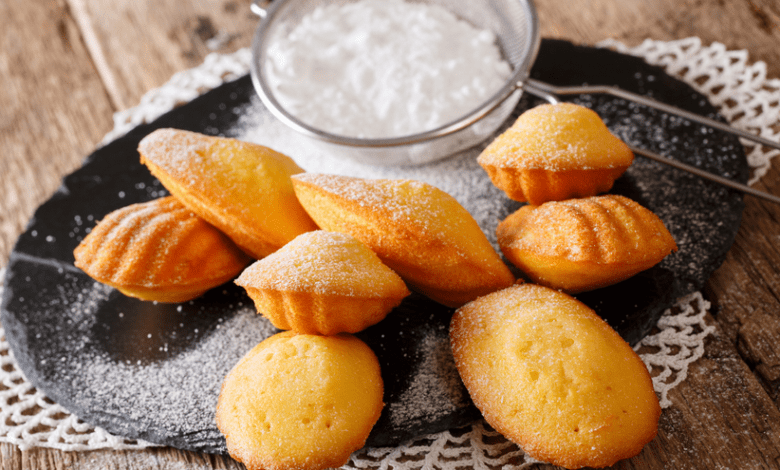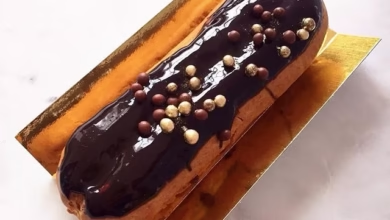The Irresistible Charm of Madeleines: A Journey Into France’s Beloved Treat

When it comes to French confectionery, few treats tantalize the taste buds and evoke a sense of nostalgia quite like the madeleine. These petite sponge cakes, recognizable by their distinct shell-like shape, have been a staple in French patisseries and are cherished for their delicate texture and buttery flavor.
The Enchanting Origins of Madeleines
The history of madeleines is as charming as the cakes themselves. Legend has it that these delightful treats were named after Madeleine Paulmier, a young French pastry cook who worked in the kitchens of Stanislaus I, the Duke of Lorraine, in the 18th century. Alternatively, some tales suggest that Louis XV first tasted them in the town of Commercy, in Lorraine, and named them after the cook who made them. Regardless of the true origin story, madeleines quickly captured the hearts of the French and became a quintessential part of afternoon tea.
The Unique Shape: A Culinary Signature
One cannot speak of madeleines without mentioning their unique scalloped shape. This distinct form, reminiscent of sea shells, is achieved by baking the batter in specially designed pans known as madeleine molds. The shape is not just for aesthetics—it also ensures that the cakes bake evenly, allowing for a perfect balance of lightness and moistness with a slight crisp crust.
The Art of Baking Madeleines
Creating the perfect madeleine requires a few essential ingredients: flour, sugar, eggs, melted butter, and a hint of vanilla or lemon zest for flavor. The key is to chill the batter before baking, which helps in forming the characteristic “hump” on the back of the cakes as they rise in the oven. This hump is considered the hallmark of a perfectly baked madeleine.
The original recipe, while simple, leaves ample room for creativity. Many bakers infuse their madeleines with a variety of flavors, such as chocolate, honey, or lavender. These modern twists on a classic recipe showcase the versatility and enduring appeal of madeleines in contemporary cuisine.
Madeleines in Popular Culture
The allure of madeleines extends beyond the kitchen and into the realm of literature, notably in Marcel Proust’s “In Search of Lost Time.” In one of the most famous passages, Proust describes how biting into a madeleine dipped in tea evokes vivid memories of his childhood—a testament to the power of taste and aroma in recalling long-forgotten moments.
A Treat for Every Occasion
Whether enjoyed with tea, coffee, or on their own, madeleines are a delightful treat suitable for any occasion. They have a unique way of turning an ordinary moment into an extraordinary one, offering a taste of French culture no matter where you are in the world.
In conclusion, the madeleine is more than just a simple cake; it is a cherished symbol of French culinary tradition and an enduring favorite across generations. So the next time you indulge in a madeleine, take a moment to appreciate its rich history and the simple pleasure it brings—a small yet profound reminder of the joy in everyday moments.




